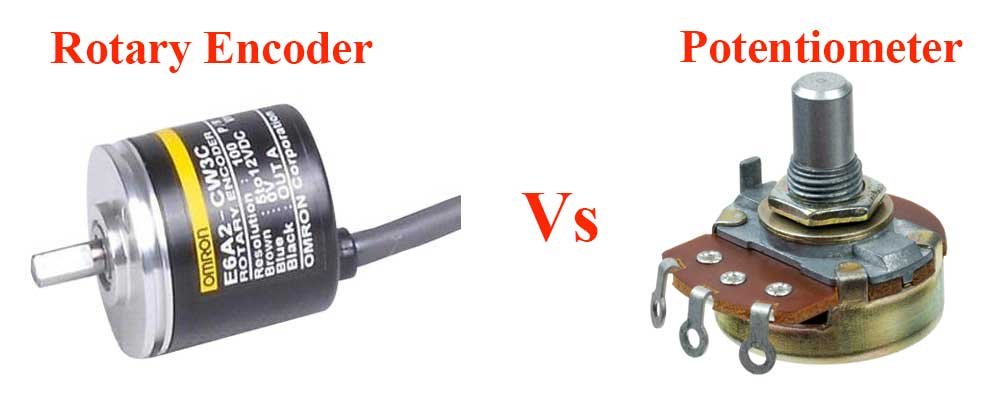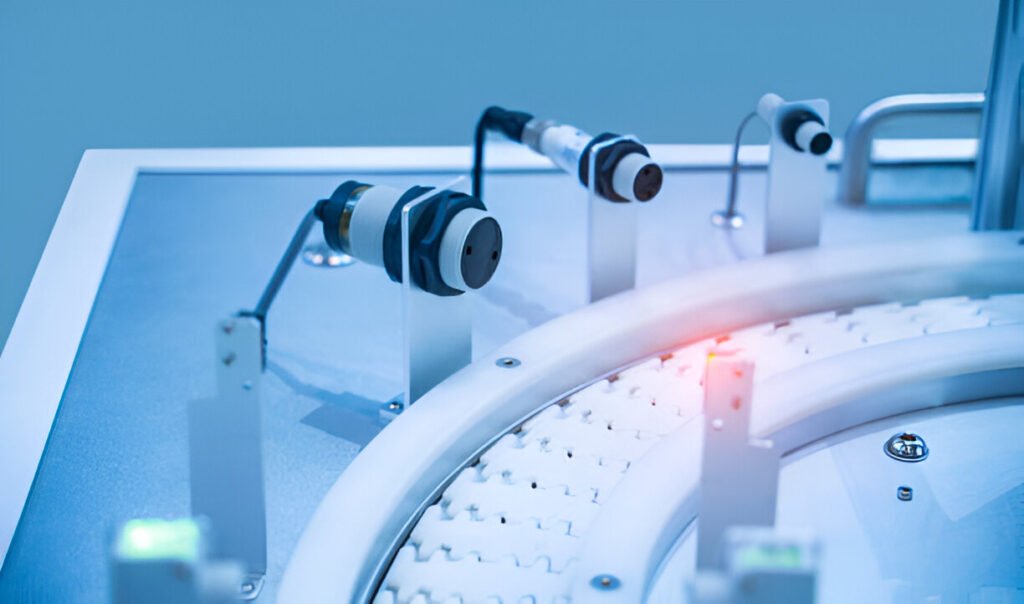
Unlocking the Magic of Capacitive Sensors: How They Work and Why They Matter
Capacitive sensors are everywhere—from your smartphone screen to industrial machinery. But what exactly are they, and how do they work? In this article, we’ll dive deep into the world of capacitive sensors, exploring their principles, applications, and why they’re such a game-changer in modern technology. Ready to geek out? Let’s go!
What is a Capacitive Sensor?
A capacitive sensor is a device that detects changes in capacitance, which is the ability of a system to store an electric charge. Think of it like a tiny, invisible force field that reacts when something conductive (like your finger) comes close. These sensors are widely used because they’re highly sensitive, durable, and don’t require physical contact to work.
How Do Capacitive Sensors Work?
At their core, capacitive sensors rely on the principle of capacitance. When an object (like your finger) enters the sensor’s electric field, it alters the capacitance, which the sensor detects. It’s like a dance between the sensor and the object—subtle, precise, and incredibly fast.
Types of Capacitive Sensors
Surface Capacitive Sensors
These sensors use a single layer of conductive material to detect touch. They’re commonly found in older touchscreens and kiosks.
Projected Capacitive Sensors
More advanced and precise, these sensors use a grid of electrodes to detect multiple touch points simultaneously. This is what makes your smartphone screen so responsive!
Key Components of a Capacitive Sensor
A typical capacitive sensor consists of:
Conductive Layer System
Design Configurations:
- Interdigital or parallel electrode layouts to generate controllable electric fields.
- Flexible/transparent variants using materials like ITO (Indium Tin Oxide) or silver nanowires.
Performance Optimization:
- Microstructured surfaces (e.g., laser-etched grooves) enhance edge-field sensitivity.
- Multilayer stacking for 3D spatial field control.
Dielectric Layer System
Material Selection:
- Standard polymers (e.g., FR-4, polyimide) for cost-sensitive applications.
- High-ε ceramics (e.g., BST) or fluoropolymers (e.g., FEP) for extreme environments.
Structural Innovations:
- Gradient dielectric layers for nonlinear sensitivity adjustment.
- Protective coatings (e.g., silicon nitride) against humidity/chemicals.
Signal Processing Unit
Core Components:
- Capacitance-to-Digital Converters (CDCs) with sub-femtofarad resolution.
- Programmable MCUs (e.g., PSoC) for analog/digital signal conditioning.
Advanced Algorithms:
- Drift compensation, adaptive noise filtering, and multiplexed channel handling.
- Protocols: CAN FD, IO-Link, or BLE 5.0 for industrial IoT integration.
Power Management System
Energy Solutions:
- Low-power LDO regulators (<1μA standby) or energy-harvesting modules.
- Dynamic voltage scaling to minimize power consumption.
Safety Mechanisms:
- TVS diodes for overvoltage protection.
- ESD protection compliant with IEC 61000-4-2.

Applications of Capacitive Sensors
Consumer Electronics
From smartphones to smartwatches, capacitive sensors are the unsung heroes of modern gadgets.
Industrial Automation
They’re used for precise object detection, level sensing, and even robotic arms.
Healthcare and Medical Devices
Think touchless interfaces for medical equipment or wearable health monitors.
Advantages of Capacitive Sensors
– High sensitivity and accuracy.
– Durable and long-lasting.
– No physical wear and tear since they don’t require contact.
Limitations of Capacitive Sensors
– Can be affected by environmental factors like humidity.
– Limited range compared to other sensor types.
– More expensive than resistive sensors.
Capacitive vs. Resistive Sensors: What’s the Difference?
While capacitive sensors rely on changes in capacitance, resistive sensors detect pressure. Capacitive sensors are more responsive and durable, but resistive sensors are cheaper and work with any object, not just conductive ones.
Future Trends in Capacitive Sensor Technology
Expect to see thinner, more flexible sensors, improved multi-touch capabilities, and integration with AI for smarter devices.
How to Choose the Right Capacitive Sensor
Consider factors like sensitivity, size, environmental conditions, and cost. Need help? Consult a specialist or refer to product datasheets.
Conclusion
Capacitive sensors are the invisible workhorses of modern technology, powering everything from your smartphone to industrial robots. They’re precise, durable, and versatile, making them indispensable in countless applications. As technology evolves, so will capacitive sensors, paving the way for even more innovative solutions.
FAQs
What materials can capacitive sensors detect?
Capacitive sensors primarily detect conductive materials like human skin, metals, and water.
Can capacitive sensors work through glass?
Yes! They can detect touch through non-conductive materials like glass, plastic, and wood.
Are capacitive sensors affected by water?
Yes, water can interfere with their accuracy, especially in high-humidity environments.
How do I clean a capacitive touchscreen?
Use a microfiber cloth and a small amount of isopropyl alcohol. Avoid harsh chemicals or abrasive materials.
Can capacitive sensors detect multiple touches?
Yes, especially projected capacitive sensors, which are designed for multi-touch functionality.
And there you have it—a complete guide to capacitive sensors! Whether you’re a tech enthusiast or just curious, I hope this article sparked your interest in these fascinating devices.







